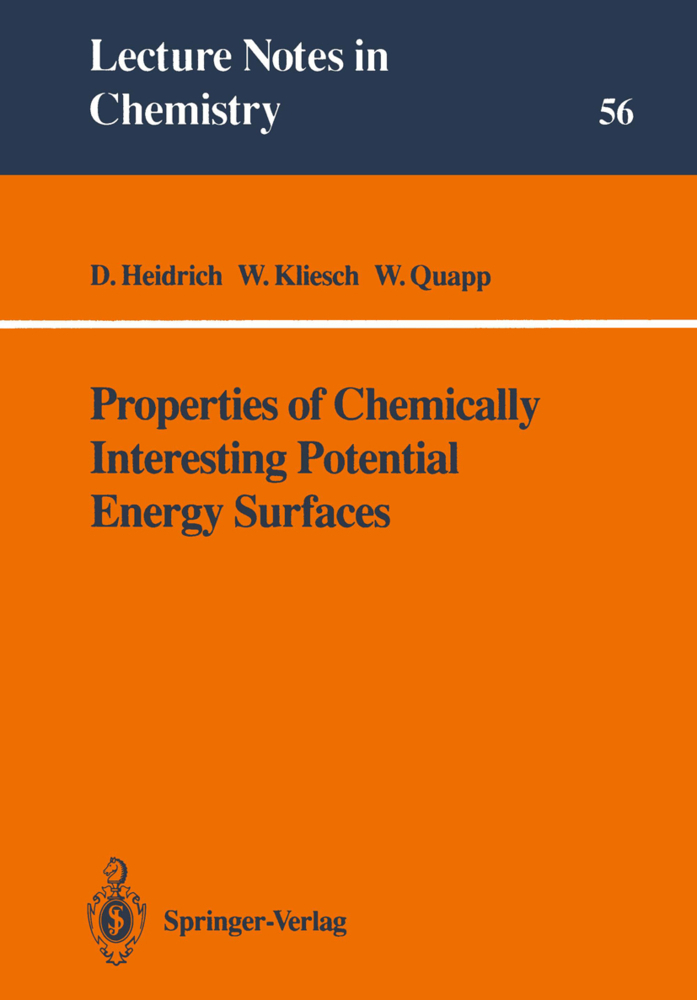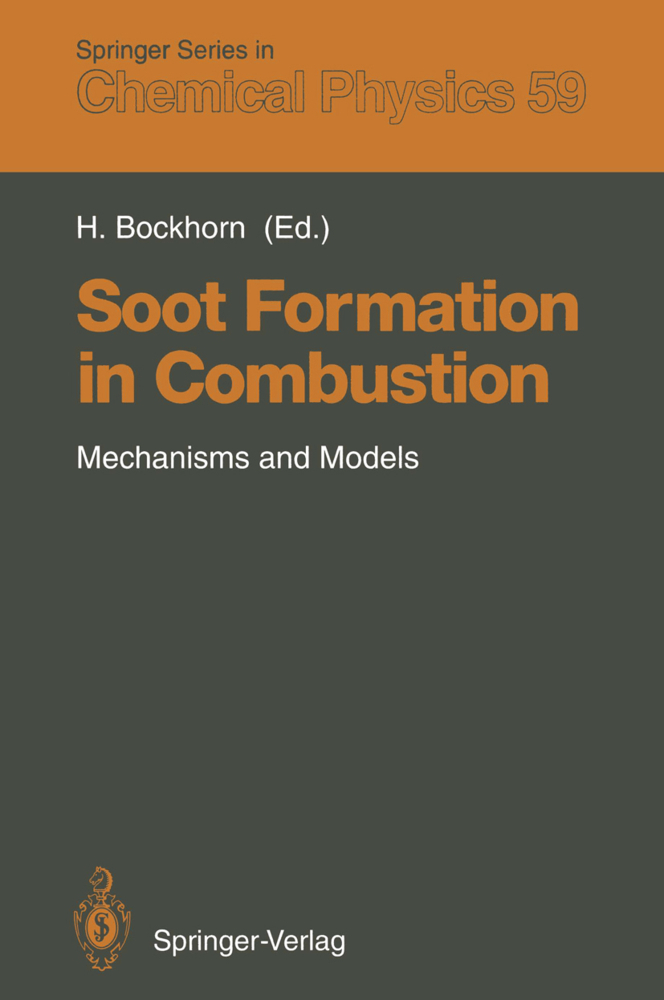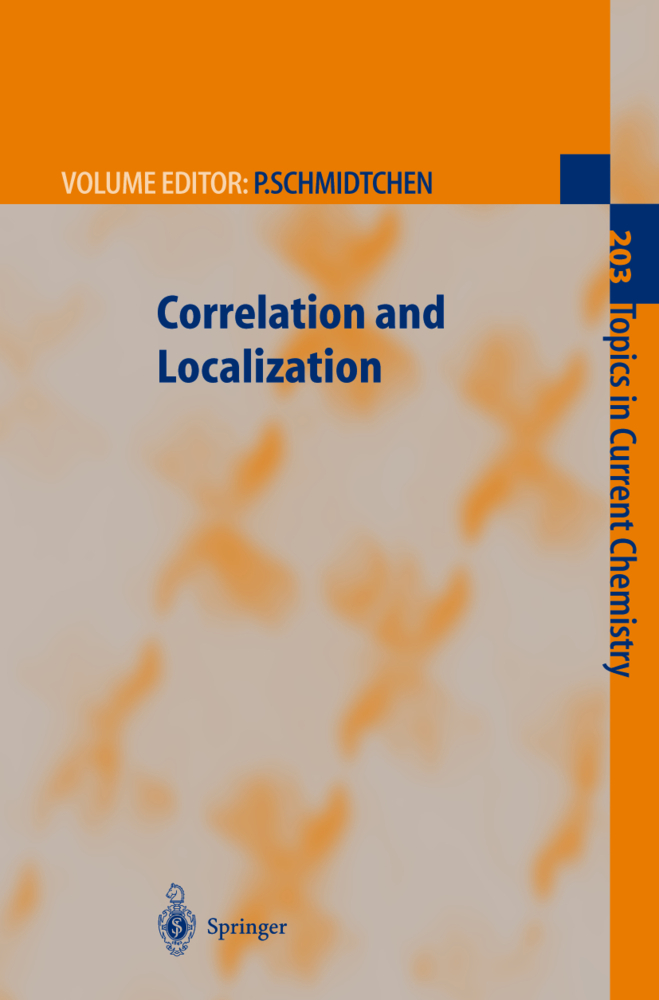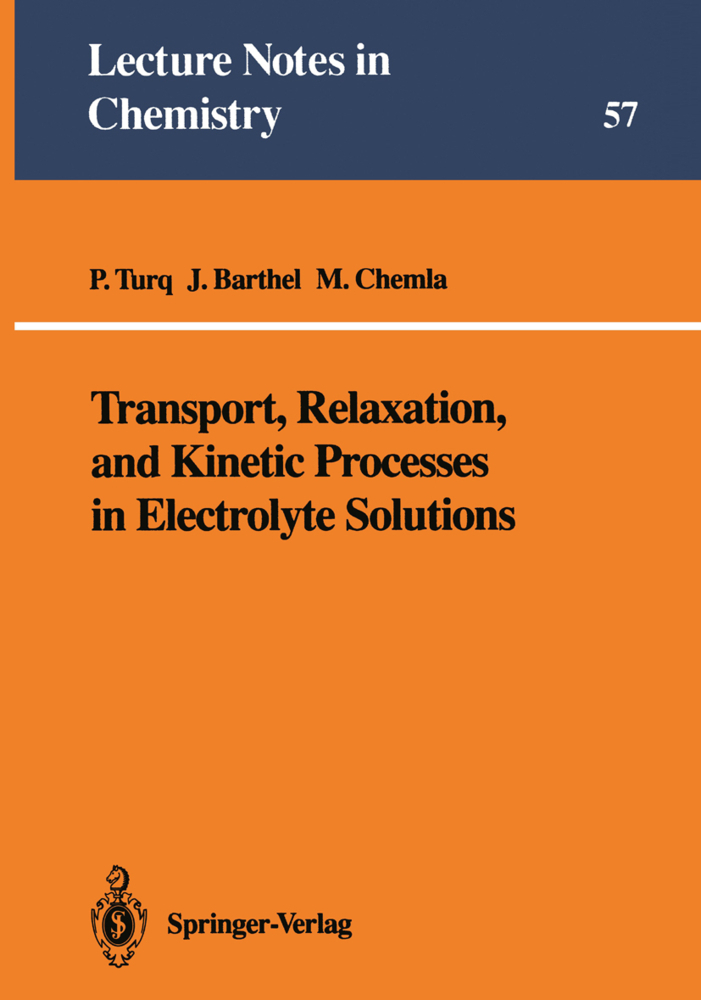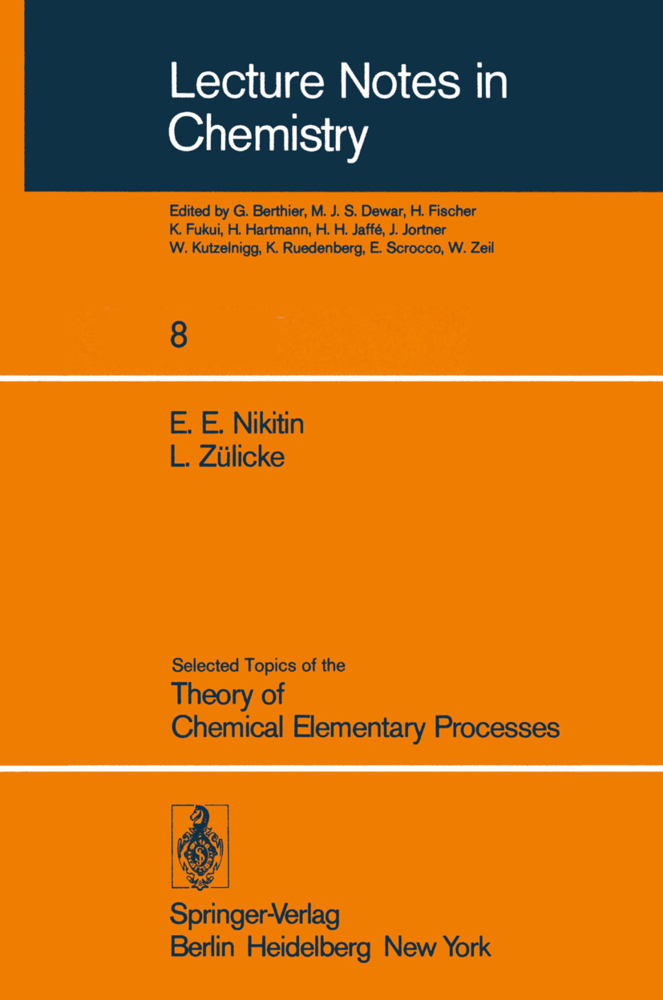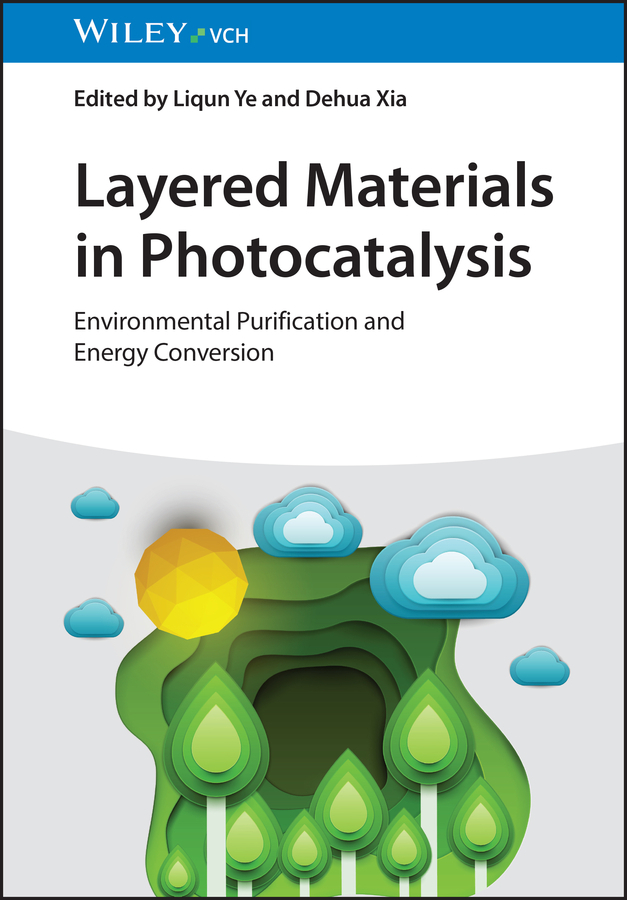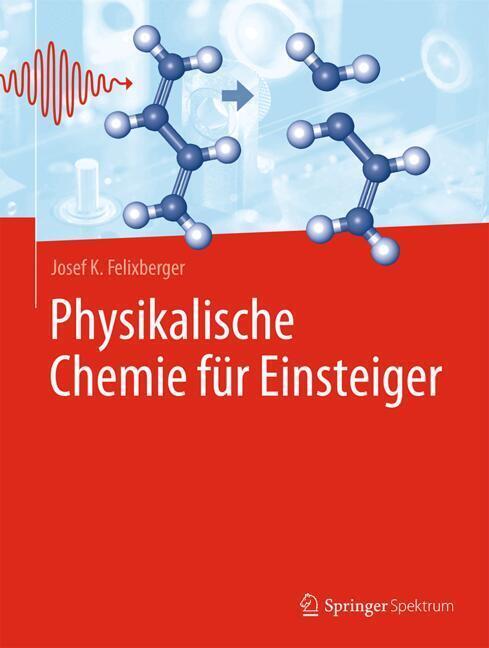Properties of Chemically Interesting Potential Energy Surfaces
Properties of Chemically Interesting Potential Energy Surfaces
Contemporary chemical reaction theory is the characterization of Potential Energy Hypersurfaces (PES). The authors critically analyze chemically and mathematically suitable reaction path definitions. The book presents a simple mathematical analysis of stationary and critical points of the PES. It provides tools for studying chemical reactions by calculating reaction paths and related curves. A further aspect of the book is the dependence of PES properties on approximations used for the analysis. Recent quantum chemical calculations, particularly of single proton transfer processes, and experimental data are compared. The book addresses students and researchers in Theoretical Chemistry, Chemical Kinetics and related fields.
This book summarizes modern chemical reaction theories in the light of the reaction path concept on potential enery hypersurfaces. It is up-to-date and presents a simple mathematical analysis of stationary and critical points of PES. The book addresses students and researchers in Theoretical Chemistry, Chemical Kinetics and related fields in physics and mathematics.
1.2 The Dimensionality Problem
1.3 On the Definition of a Reaction Path (RP)
1.4 The Hierarchy and Competition of Reaction Theories
1.5 What about the Calculation of Absolute Reaction Rates?
1.6 Potential Energy Calculation and Gradient Revolution
1.7 The "State of the Art" in Everyday Study of Chemical Reactivity
References
2 Analysis of Multidimensional Potential Energy Surfaces - Stationary and Critical Points
2.1 Basic Definitions and Notations
2.2 Geometrical Properties of PES
2.3 Stationary Points
2.4 Location of Stationary Points
2.5 Testing of Numerical Procedures
2.6 Zero Eigenvalues of the Hessian
References
3 Analysis of Multidimensional Potential Energy Surfaces - Paths -
3.1 the Simple Valley Floor Line
3.2 Mathematics of Valley Floors
3.3 Steepest Descent Paths
3.4 The Independence of Steepest Descent Paths from Parameterization and Coordinate System
References
4 Quantum Chemical Pes Calculations: The Proton Transfer Reactions
4.1 The Problem in Visualization of PES Properties
References
4.2 PES Properties Along the Bimolecular Single Proton Transfer
References.
This book summarizes modern chemical reaction theories in the light of the reaction path concept on potential enery hypersurfaces. It is up-to-date and presents a simple mathematical analysis of stationary and critical points of PES. The book addresses students and researchers in Theoretical Chemistry, Chemical Kinetics and related fields in physics and mathematics.
1 Guidelines in the Development of the Theory of Chemical Reactivity using the Potential Energy Surface (PES) Concept
1.1 The Potential Energy Surface (PES) Concept1.2 The Dimensionality Problem
1.3 On the Definition of a Reaction Path (RP)
1.4 The Hierarchy and Competition of Reaction Theories
1.5 What about the Calculation of Absolute Reaction Rates?
1.6 Potential Energy Calculation and Gradient Revolution
1.7 The "State of the Art" in Everyday Study of Chemical Reactivity
References
2 Analysis of Multidimensional Potential Energy Surfaces - Stationary and Critical Points
2.1 Basic Definitions and Notations
2.2 Geometrical Properties of PES
2.3 Stationary Points
2.4 Location of Stationary Points
2.5 Testing of Numerical Procedures
2.6 Zero Eigenvalues of the Hessian
References
3 Analysis of Multidimensional Potential Energy Surfaces - Paths -
3.1 the Simple Valley Floor Line
3.2 Mathematics of Valley Floors
3.3 Steepest Descent Paths
3.4 The Independence of Steepest Descent Paths from Parameterization and Coordinate System
References
4 Quantum Chemical Pes Calculations: The Proton Transfer Reactions
4.1 The Problem in Visualization of PES Properties
References
4.2 PES Properties Along the Bimolecular Single Proton Transfer
References.
Heidrich, Dietmar
Kliesch, Wolfgang
Quapp, Wolfgang
| ISBN | 978-3-540-54286-5 |
|---|---|
| Artikelnummer | 9783540542865 |
| Medientyp | Buch |
| Copyrightjahr | 1991 |
| Verlag | Springer, Berlin |
| Umfang | VIII, 183 Seiten |
| Abbildungen | VIII, 183 p. 45 illus. |
| Sprache | Englisch |

